Spatial
Archana Bhurke SHOR – A Spatial Exploration of Soundscapes of Birds in the City inspired by the Traditional Indian Art of Kalamkari
-
Tauira / Student
Archana Bhurke -
Kaiako / Lecturer
Rachel Carley
-
School
AUT Art + Design 2025
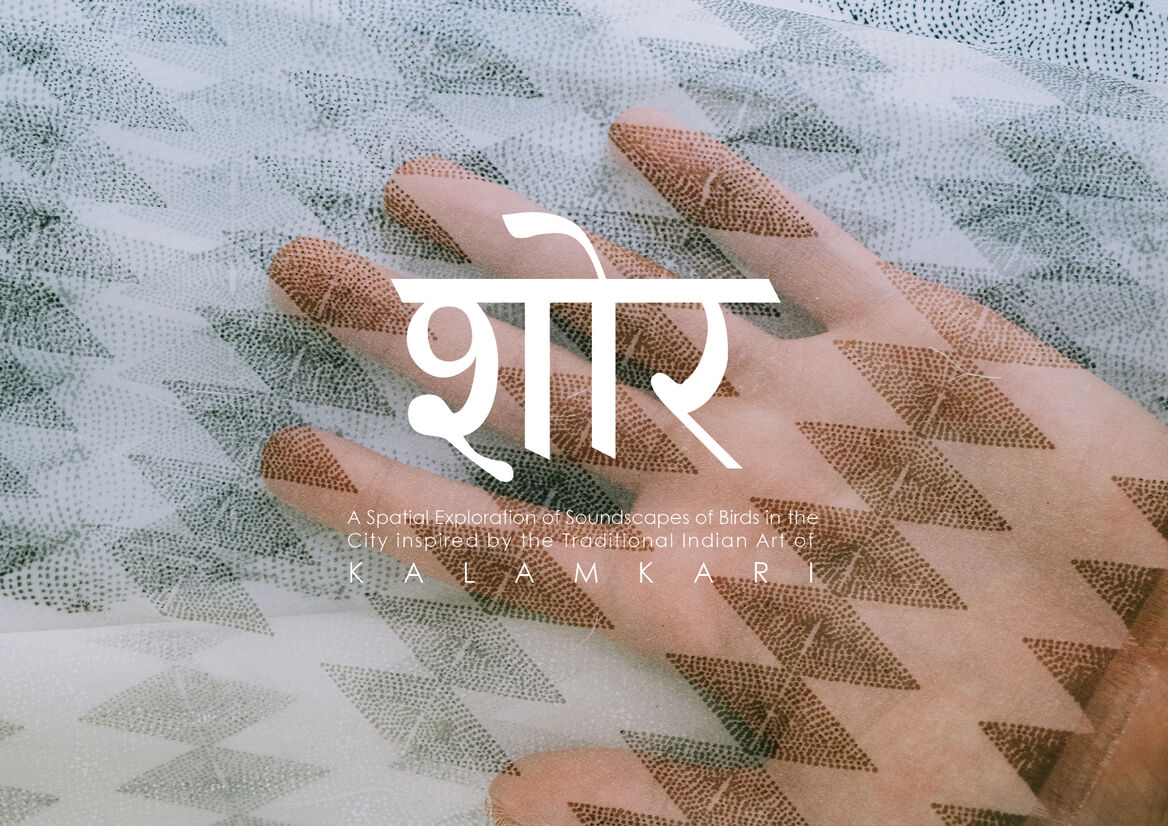
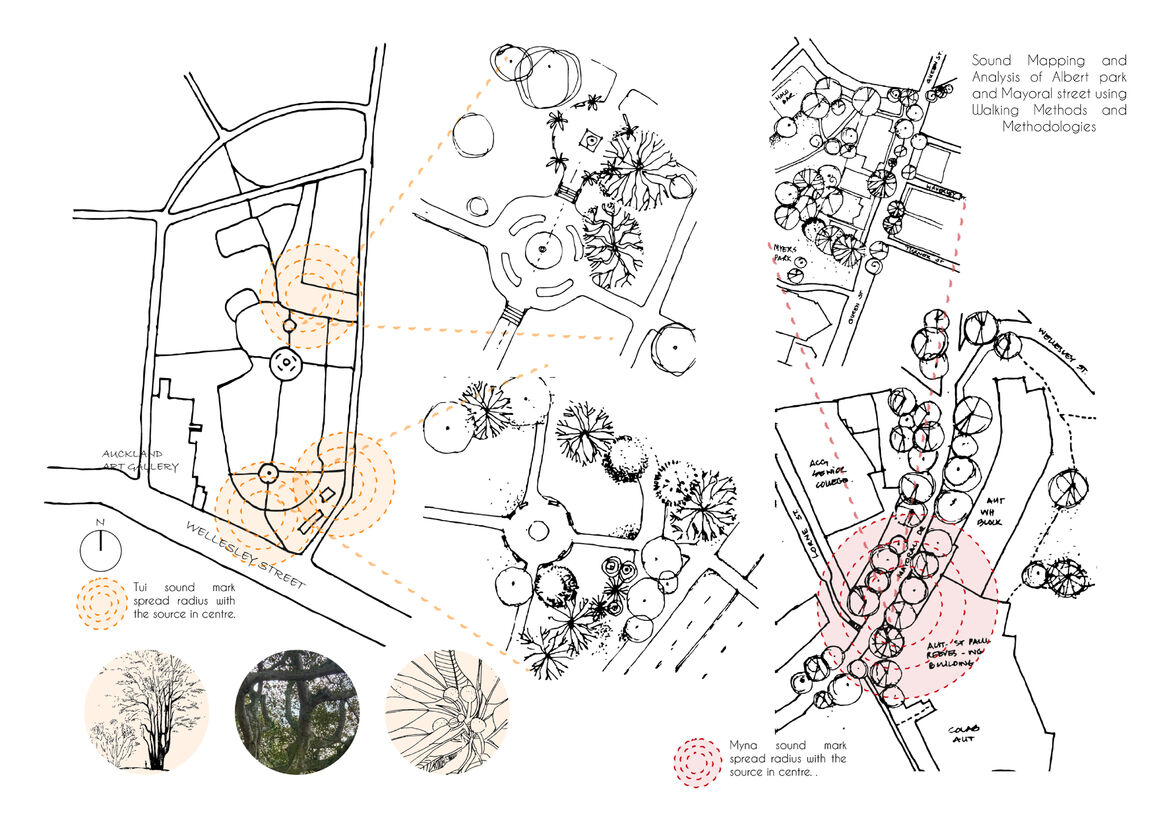
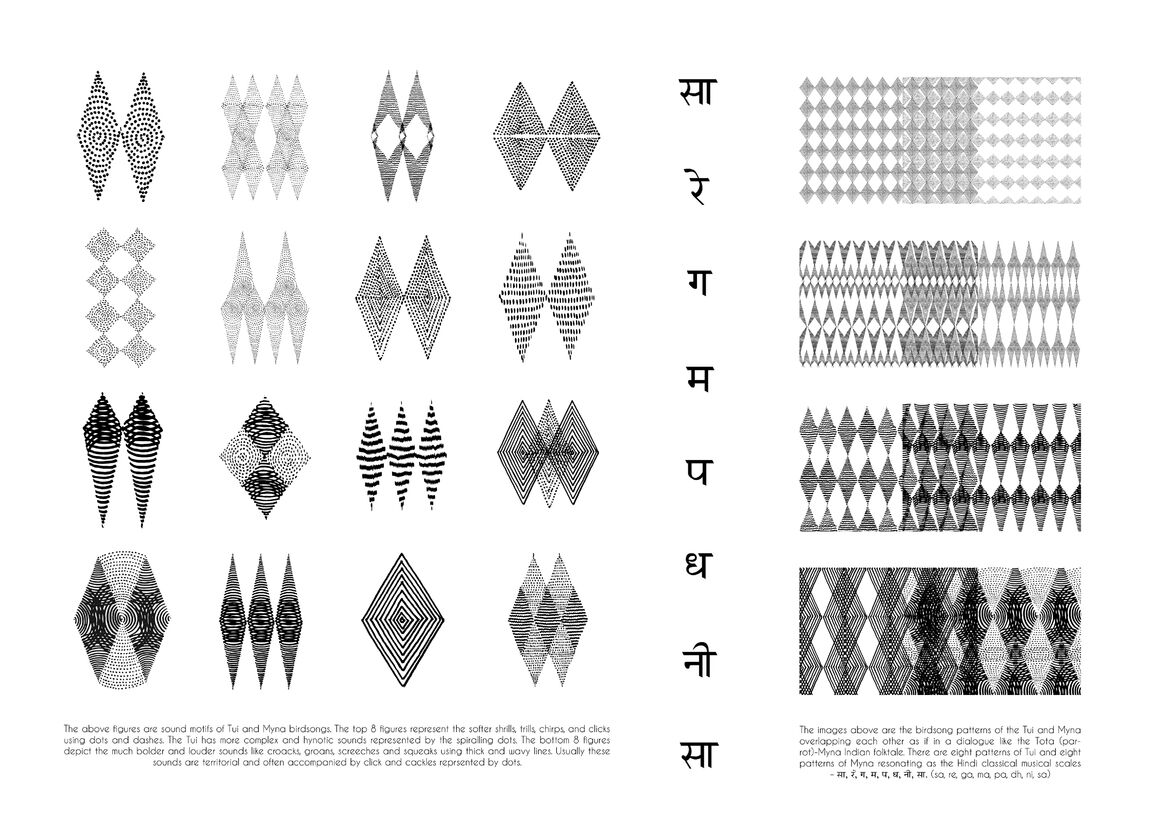
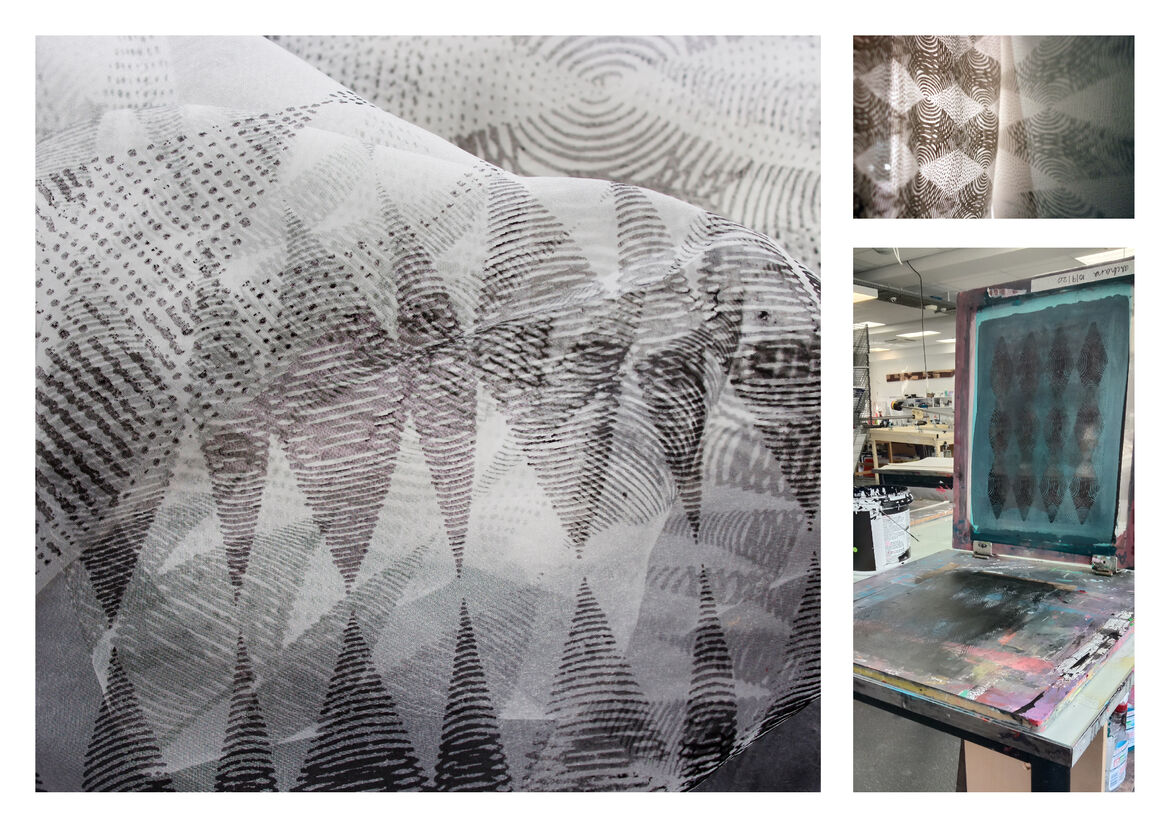
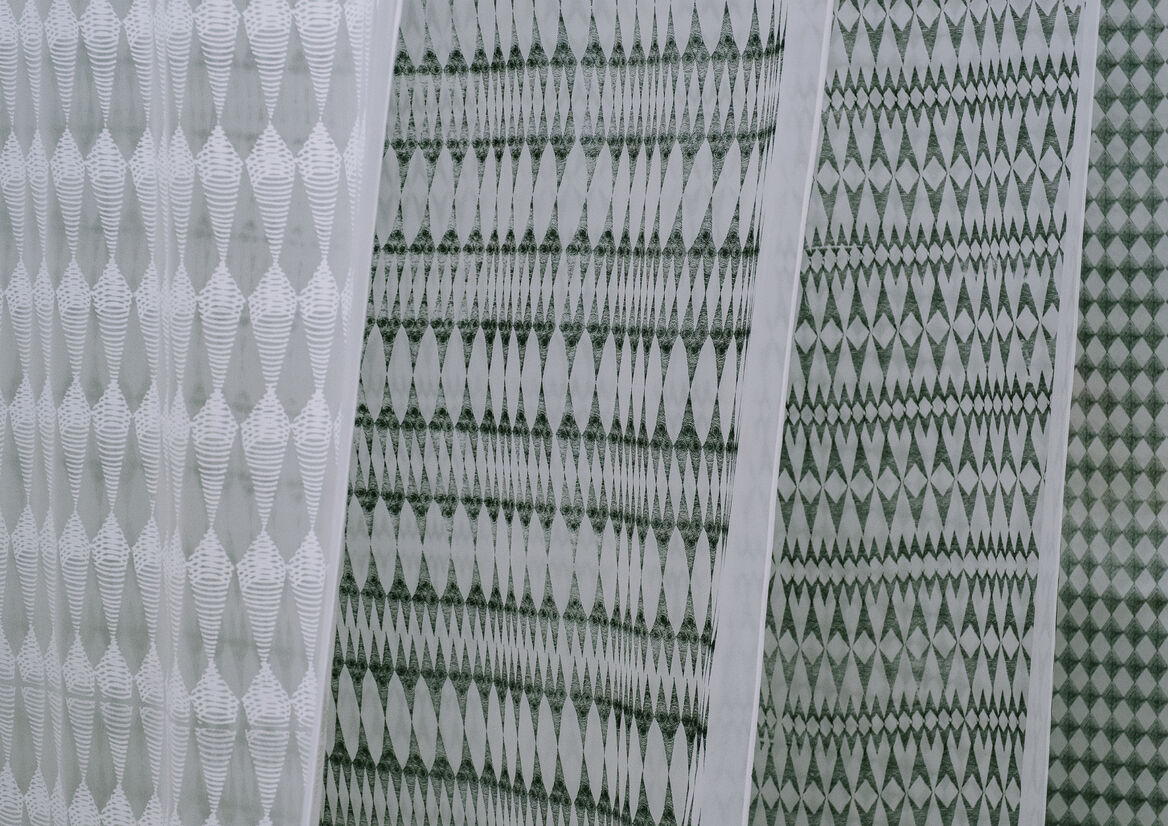
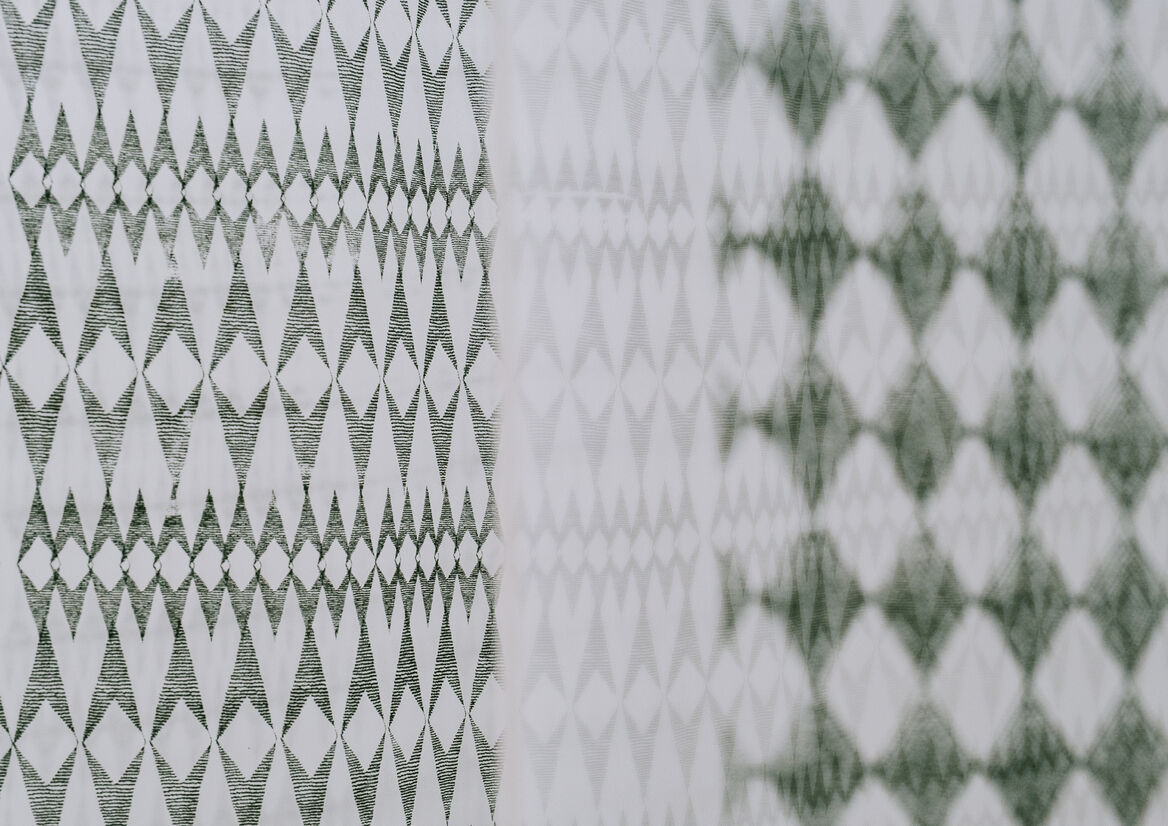

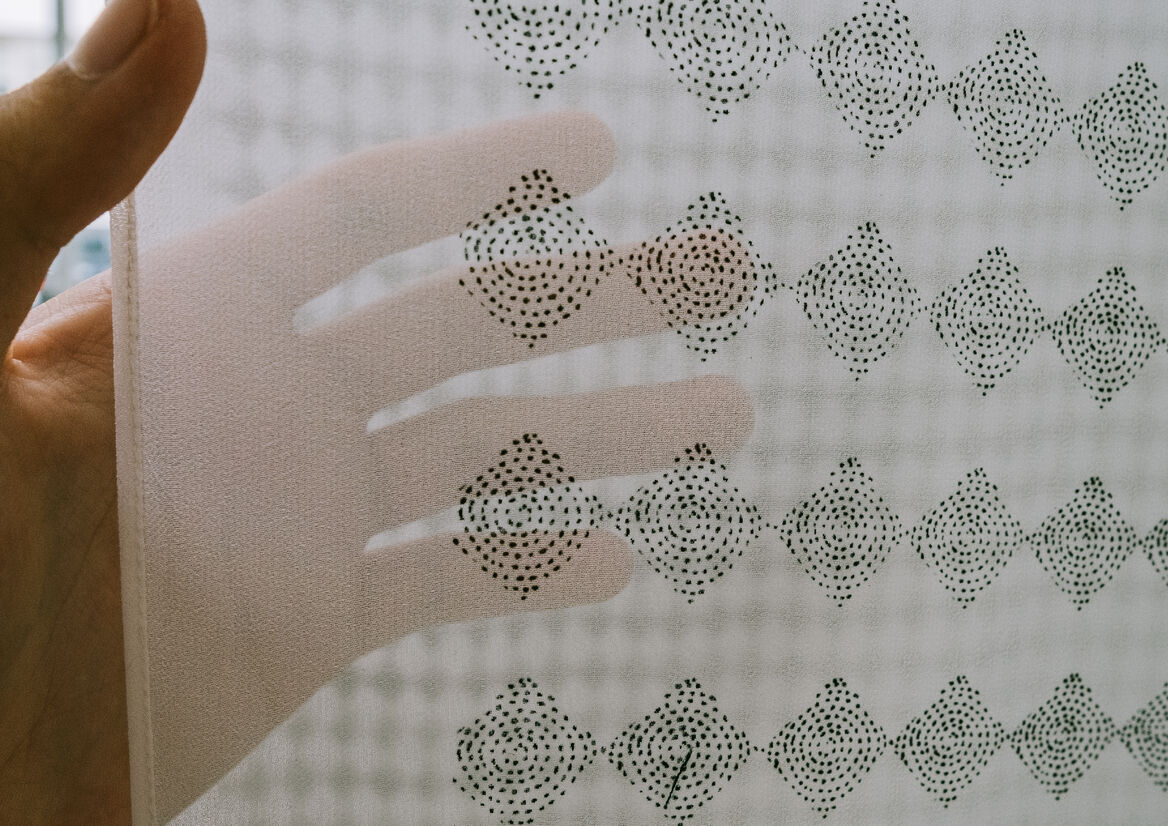
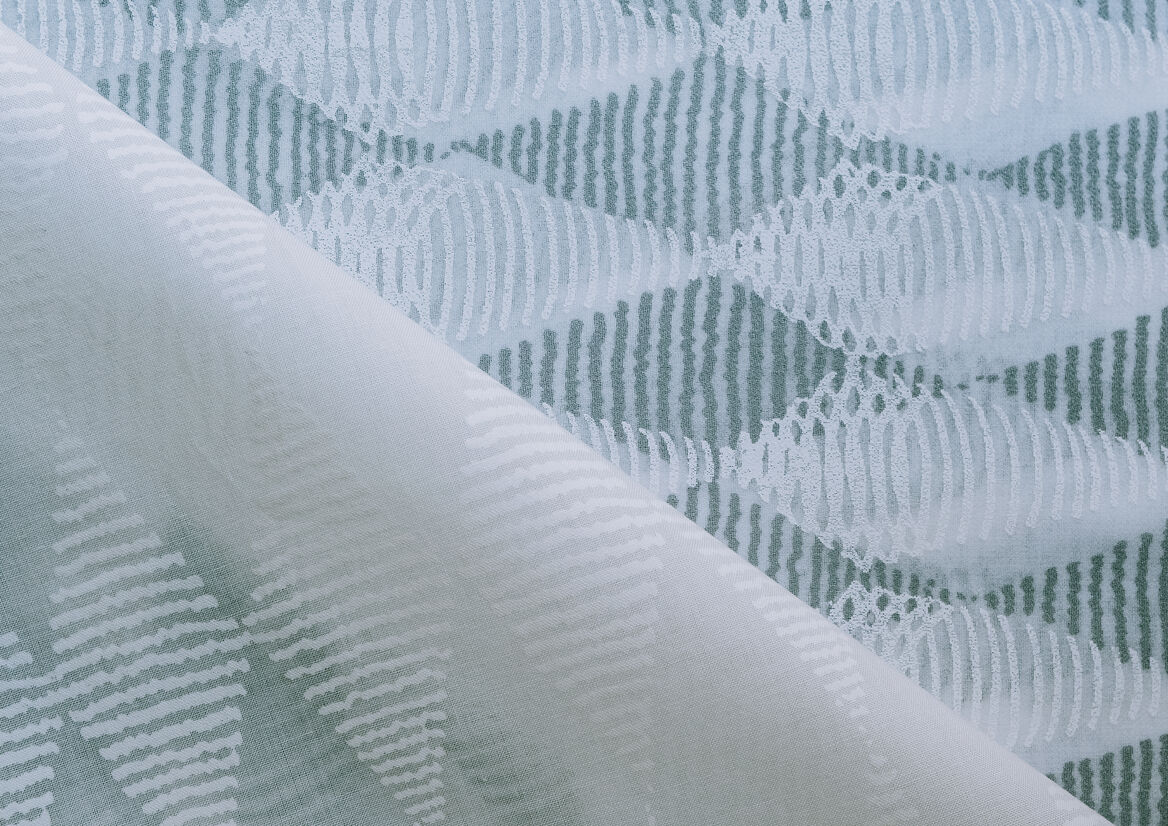
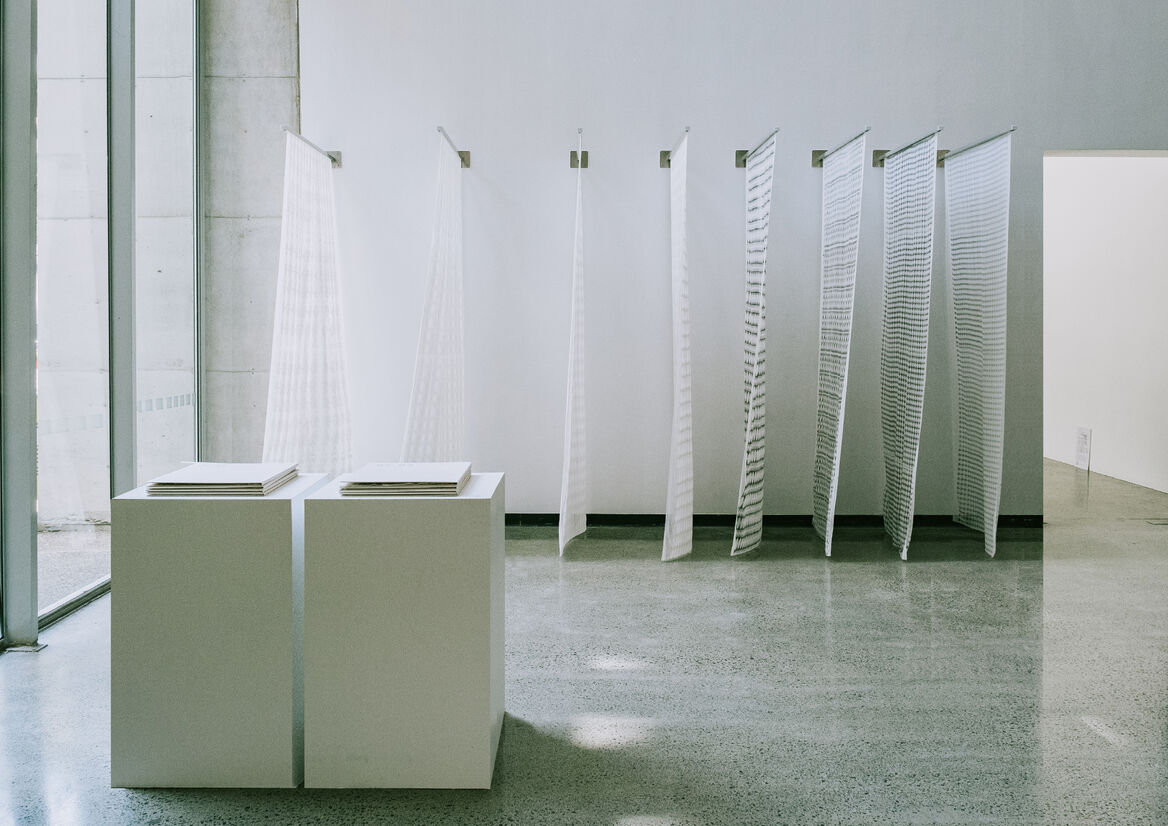
Description:
SHOR – A Spatial Exploration of Soundscapes of Birds in the City inspired by the Traditional Indian Art of Kalamkari.
Shor, a Hindi word for noise, tells my story of belonging in Tāmaki Makaurau by visualising sound as patterns formed by listening to familiar and unfamiliar birdsongs. From walking on the busy, chaotic, vibrant, and noisy streets of my home in Mumbai, India, I am now disoriented by the comparatively disciplined, formal, grey and quieter streets of Auckland. I missed the buzz, so I was naturally drawn to discovering unique sounds to this place. My research positions my journey of emplacement through the spatialisation of birdsongs using inspiration from the Indian heritage art of Kalamkari. Kalamkari is an ancient textile craft originating from Andhra Pradesh in Southern India, which uses natural dyes made from fruit and vegetables to either hand paint or woodblock print on a cotton cloth.
Kalamkari has been a part of my daily life back home in the form of Kurtas, beddings, wall hangings and my mother’s sarees. What piqued my interest in this traditional art form is the patterns, motifs and their symbolic meanings. Some of the recurring motifs on my mother’s saree were the peacock and the parrot, which symbolise courtship, fertility and love. They were not just adornments on fabric but had narrative linked to them in the mythological realm as vehicles of gods or goddesses and symbols of fertility. These bird stories have been a part of my childhood in folktales as a way of learning the Indian culture. Two particular birds caught my attention, the Myna, which reminded me of home and the Tui, with its peculiar vocals reminding me of my misplacement. Listening to these birds made me nostalgic about the “Tota (parrot)- Myna” stories I heard as a child and the bird motifs on my mother’s saree. Ever since I discovered these birds through their sounds while walking through the city, I wondered what their sounds would look like.
Coming from the realms of rich Indian mythology, stories, and symbolism, I am reimagining the invisible sense of sound as patterns and motifs that have left an imprint on my state of being. I have proposed a walking methodology for the sonic cartography of places in the city where I discover known and unknown sounds. By recording and interpreting these acoustic cues through drawing and mark-making, I am developing a new visual language to delineate my attachments with this new place. While keeping inspiration from the traditional Kalamkari art and using digital software to design, replicate and screen print the sound motifs on different textiles, I am exploring new ways to reinvent the heritage art. This project aims to share this newfound knowledge through surface design, where I manifest surfaces that tell my story of belonging.
Judge's comments:
Delightfully tactile and wonderfully evocative this mesmerising series of explorations and studies of soundscapes leaves one feeling inspired. Wonderfully curated and deeply moving this project suggests a refined level of sensitivity.